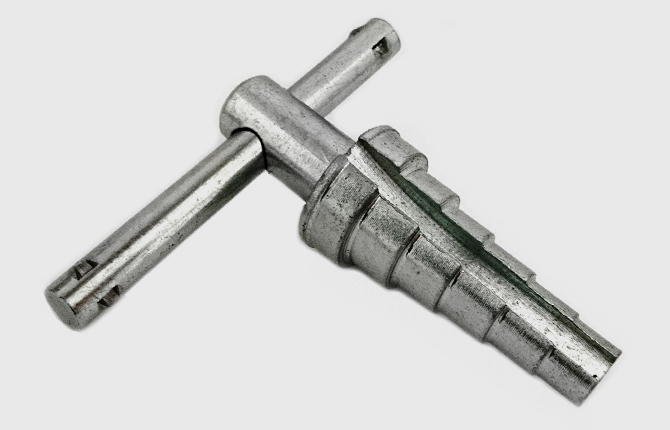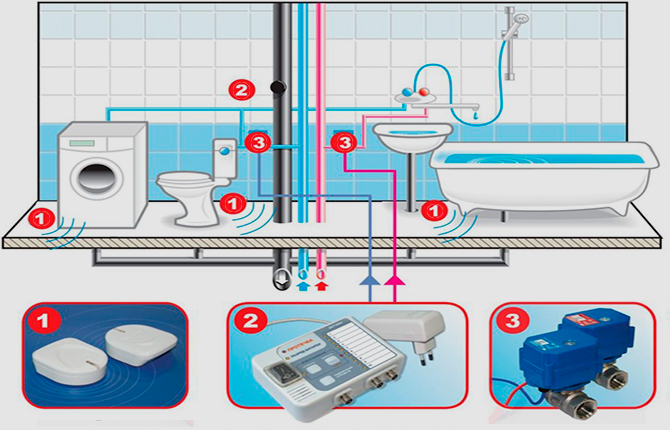As a rule, the assortment of a building supermarket is limited to products of two or three major manufacturers of polypropylene pipes, which differ in price, color and status. It is difficult to choose due to lack of information. You have to either use the reviews of friends and acquaintances, or trust the master who undertook to do the heating.
The content of the article:
-
How to choose products from a manufacturer of polypropylene pipes for heating and plumbing
- Single layer polypropylene products
- Multilayer reinforced pipes
-
What manufacturing technologies are used by Russian manufacturers
- Used equipment
- Raw material
-
Which manufacturer of polypropylene pipes to choose
- Russian companies
- Italian and Turkish manufacturers
- Czech and Romanian manufacturing companies
- German manufacturing companies
How to choose products from a manufacturer of polypropylene pipes for heating and plumbing
You can only partially trust the opinion of masters or acquaintances who have installed a polypropylene water supply system. Selection criteria may vary greatly. Experts and representatives of trade organizations usually refer to the rating of manufacturers of polypropylene pipes.
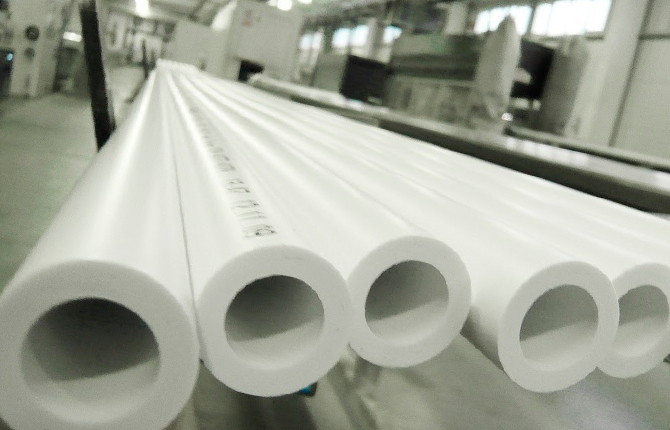
Workers or craftsmen involved in the assembly or soldering of pipe blanks are only interested in technological nuances, how well polypropylene is cut and soldered. They are not interested in the price, operational characteristics, durability of pipelines.
Therefore, you first need to determine the basic criteria, then use them to determine the best manufacturers of polypropylene pipes.
The list of criteria will include:
- operational characteristics;
- acceptable price;
- complexity mounting;
- quality, durability of the material.
Not all polypropylene pipes are the same - each manufacturer produces several types of pipe blanks for different operating conditions. Therefore, when comparing the products of companies, it is necessary to choose materials with the same characteristics.
Single layer polypropylene products
More often for home plumbing, simple polypropylene pipes are purchased without reinforcement with an SDR index of 6-7 (this is the ratio of diameter to wall thickness) of the type PN 10, PN 20, designed for water pressure of 10 bar or 20 bar.
In this case, tubular blanks are formed from two common polymers:
- PPR or random copolymer. Used by the vast majority of manufacturers. The most "advanced" German or Italian companies can use a random copolymer of a deeper modification, including stabilized or subjected to directed melt crystallization.
- PPB or block copolymer. Somewhat inferior to PPR polypropylene in terms of maximum water temperature, strength of the plastic matrix. On the other hand, PPB polypropylene pipes are considered the best solution when it comes to outdoor plumbing.
The block copolymer has greater plasticity, easily tolerates freezing with water at temperatures up to 20 ℃. Pipes based on other polypropylene matrices, having even greater strength, often crack when frozen.
Many manufacturers of polypropylene tubular blanks use polypropylene grades PPH and PPS. The first is called homopolypropylene. It is used for non-pressure polypropylene pipes with SDR=10-12, ventilation ducts or gutters.
Some manufacturers offer low pressure water pipes in PPH. For example, for water disposal, sewerage. PPS are offered by manufacturers in a limited range, as they are mainly used for pipelines with special characteristics.
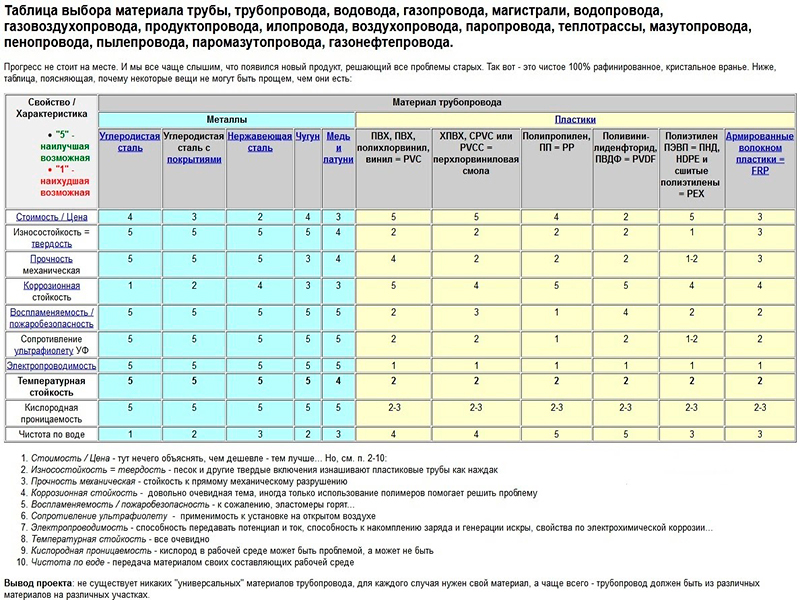
Multilayer reinforced pipes
An ordinary pipe made of PPR or PPV-polypropylene is able to withstand heating for a long time up to a temperature of not more than 70 ℃ at pressures up to 3-4 bar. This is sufficient for hot water supply. But for heating systems, ordinary polypropylene pipes are unsuitable.
Approximately 40% of the output of pipe blanks from leading manufacturers is reinforced pipes. They are more expensive than conventional polypropylene, contain a reinforcing layer and are practically not subject to temperature deformation.
As a reinforcing component, a glued underlayer of aluminum foil is used or composite matrix of 70% PPR grade polypropylene plus 30% fiberglass filler or basalt fiber.
Such pipes solder worse, require special preparation before connecting to the fitting. For multilayer blanks, large manufacturers develop special recipes for polypropylene mass, which improve the fluidity and weldability of the material.
Small, little-known companies make pipe blanks without correction of purchased raw materials. As a rule, the same polypropylene in granules goes to ordinary and reinforced grades.
What manufacturing technologies are used by Russian manufacturers
In the market of polypropylene fittings, fittings, pipe blanks are represented by two types of companies. The former include full-fledged manufacturers who have bought equipment and raw materials and are engaged in the production of products under their own brand.
The second category includes companies that do not have production facilities. Such manufacturers buy a ready-made single-layer pipe, cut it into blanks 2-6 m long, mark it, and sell it as a product of their own manufacture.
Used equipment
The first category of Russian manufacturers is trying to control the market and fight for quality. Equipment for the production of polypropylene pipes is purchased either in China or in the European Union.
It is possible to distinguish polypropylene pipes made on European or Chinese equipment by certificates of conformity or quality. Especially when it comes to joint ventures or commercial use of a well-known brand. Often this is required by European equipment suppliers, as they are interested in protecting the reputation of the products.
Chinese suppliers of equipment for the production of polypropylene pipes usually do not require this - their interests are limited to sales with the further launch of production lines.
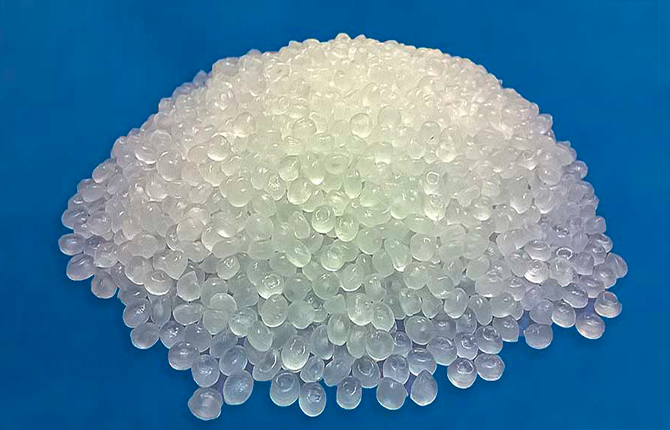
Raw material
The standard material for the manufacture of polypropylene pipes are PPR100 grade granules. Usually it is purchased in Denmark, the Czech Republic, Germany or France. Turkey, Italy produce their own version of the granulate.
In addition to polypropylene itself, for the production of pipe blanks, you need:
- stabilizers that improve the resistance of the polymer to the effects of temperatures and ultraviolet sunlight;
- additives that increase the fluidity of the melt;
- fillers, fiberglass, aluminum foil and basalt fiber;
- dyes.
Raw materials can be purchased from the direct manufacturer of polypropylene granules, but only in the case of large quantities. Most of the Russian pipe manufacturers are focused on Chinese raw materials and domestic production. Granules are bought in Kazakhstan, Croatia, Denmark, Czech Republic.
More often, raw materials are purchased from well-known manufacturing companies - Neftekhimiya, Poliom, Polimerklab, TOTAL PETROCHEMICALS, ADOPEN PLASTIK INSAAT SANAYI A.S.
The best polypropylene pipes are produced from the raw materials of the world giants of the chemical industry. Therefore, in the product passport, environmental certificate, you need to look for information about the raw materials used, and specifically about the manufacturer of granular PPR.
Most of the large manufacturing companies buy virgin polypropylene PP-R, PPRCT from Tisza Chemical Group, Public Limited Company, Lyondell Basell Slovnaft, SABIC Innovative.
Which manufacturer of polypropylene pipes to choose
First of all, you need to study the quality certificate, the hygienic certificate for products issued in the country of sale, examine the samples, at least selectively. Often, an inspection reveals flaws that the manufacturer's documents were silent about.
Russian companies
Among the most famous are two - "Proaqua" and "Plastic". The latter produces plastic pipe blanks under the common brand "RVK".
The Proaqua company is distinguished by a well-thought-out marketing program, trying in every possible way to maintain the image of a Russian manufacturer operating according to Western quality standards. Polypropylene pipes are manufactured using European raw materials and equipment. Quality control, product testing is carried out at the stands of Sciteq and Binder.

Of the shortcomings, only the outdated melt preparation recipe is noted. Otherwise, the quality of single-layer pipe blanks is stable. Sometimes there are claims about the reliability of pipes with an aluminum sublayer, but the results of the investigation of incidents showed the fault of the installers, not the raw materials.
Polypropylene pipes of the RVC brand are in stable demand. Moreover, the manufacturer "Plastic" devotes an order of magnitude less effort and money to marketing policy. European raw materials and technologies are used for the manufacture of pipe blanks. The quality is consistently high.
Among the shortcomings is the lack of free access for buyers of detailed information on product checks carried out by the manufacturer of tests and research. In general, there are even fewer complaints about the quality of pipes than those of the closest competitors.
Italian and Turkish manufacturers
The leader of the CIS domestic market is the Russian-Italian company VALTEC. For the most part, the company is engaged in sales under the Italian brand, but there is also production. Moreover, a sophisticated buyer prefers polypropylene pipes made in Europe, therefore, when choosing a product, special attention is paid to documents and certificates, and only then to labeling and passports.
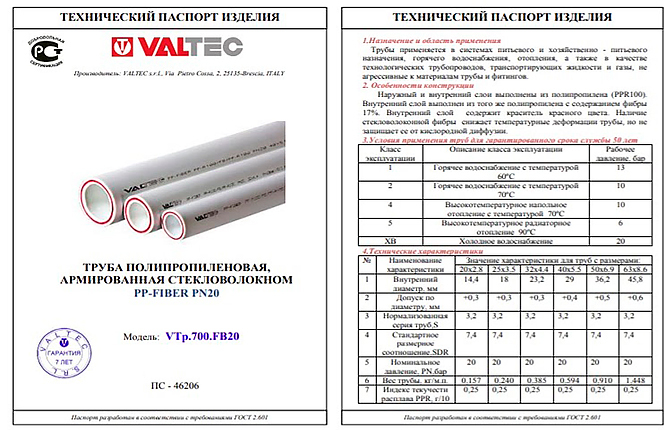
The quality of pipe billets made in Italy is excellent, so the material welds evenly, holds temperature and pressure well. The only negative is the high price. Italian PPR pipes Valtek may be inferior in quality to German premium brands, but cheaper than them, so the demand for polypropylene fittings and blanks from Italy will always be high.
When buying pipe blanks and tools for assembling the Valtek brand, you can get a significant discount, as well as a guarantee for plastic plumbing or heating systems.
Of the Turkish manufacturers producing fittings, blanks, fittings and pipes, the most popular are two:
- Relatively young company "TEVO". Opened in 2008, the market is represented by a small selection of proposals. Uses modern equipment, raw materials from the plant "Borealis". Of the pluses - low price with good quality of the material, of the minuses - a violation of the geometry of the flow section and a small range of products.
- Concern "KAR GROUP", trademark NOVAPLAST. One of the most powerful and oldest manufacturers of premium polypropylene pipes. High strength and quality polypropylene, certified for the transport of gas and drinking water. Products are exported to the European Union, including Italy and Germany.
Also, fittings and fittings of the Turkish manufacturer PILSA periodically appear on the market. The composition of polypropylene is focused on the maximum quality of welds, so plumbing and heating systems are reliable. It has a low price, but there are cases of violation of the geometry of the flow section.
Czech and Romanian manufacturing companies
Products from Romania are represented by the SupraTherm plant. PPR pipes and fittings for water pipes are mostly of medium quality, but are certified and recognized by the EU regulatory authorities as one of the safest.
The company is interesting to others - most models of shut-off and bypass valves, ball valves, couplings are highly reliable and have a long service life. Many craftsmen recommend purchasing Romanian fittings, taking into account the fact that many products use Italian-made components and components.
Czech companies producing materials for polypropylene pipelines are slightly inferior to competitors from Germany. One of the best quality brands WAVIN EKOPLASTIK belongs to the premium class. The quality of the pipes is high, the price is above average. It makes sense to use for complex multi-level water pipes and circuits of the heating system of multi-storey residential buildings.
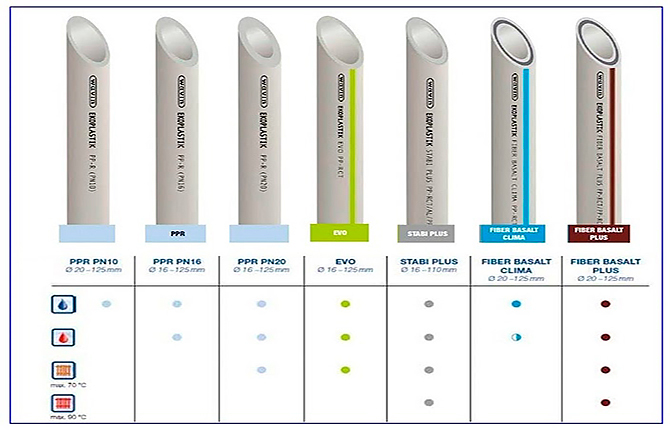
For domestic use, it will be more profitable to use the products of the Czech "FV-PLAST". The company has been producing polypropylene pipes and fittings for more than two decades, so the experience in optimizing production is huge.
You can meet the opinion that the products of "FV-PLAST" are outdated in terms of the composition of polypropylene and the range of products. However, the demand for the famous aluminium-reinforced polypropylene pipes of the Stabi or of the same Faser is only growing, even in the face of competition with products reinforced with basalt fiber.
German manufacturing companies
Polypropylene pipes produced in German factories are considered the best in quality. In practice, it turns out that this is not entirely true. The quality of products from German manufacturers is as high as possible, but if you calculate the price-quality ratio, then materials from Germany will not be in the first place.

In addition, manufacturing companies such as Aquatherm, WefaTherm, Banninger invest heavily in advertising projects for the arrangement or replacement of old pipes with their products in the most famous and socially significant buildings of large cities. In addition to replacement with polypropylene pipes, a 50-year guarantee and insurance worth tens of millions of euros are indicatively issued.
For a simple layman, German pipe blanks are no better than Italian or Czech ones. All elements of the assembly technology are the same. But if a marriage is detected (and this happens with all manufacturers), it will be difficult to get a replacement or compensation from a large company. If the assembly of the plumbing or heating system was carried out by a “foreign” tool, without certification by a representative of the company, then the guarantee can be forgotten.
Which manufacturer of polypropylene pipes do you trust the most?
Russia - «Proaqua»
0%
Russia - "Plastic"
0%
Italy - VALTEC
0%
Turkey - "TEVO"
0%
Turkey - «NOVAPLAST»
0%
Romania - "SupraTherm"
0%
Czech Republic - WAVIN EKOPLASTIK
0%
Germany - «Aquatherm»
0%
Voted: 0
It is very important to have information about the manufacturers of polypropylene pipes before purchasing the material. This will optimize costs, get the required quality without overpaying for brand popularity.
Tell us which manufacturing companies do you prefer when choosing materials for home communications? How justified was the choice? Bookmark this article so you can return to it at any time.

